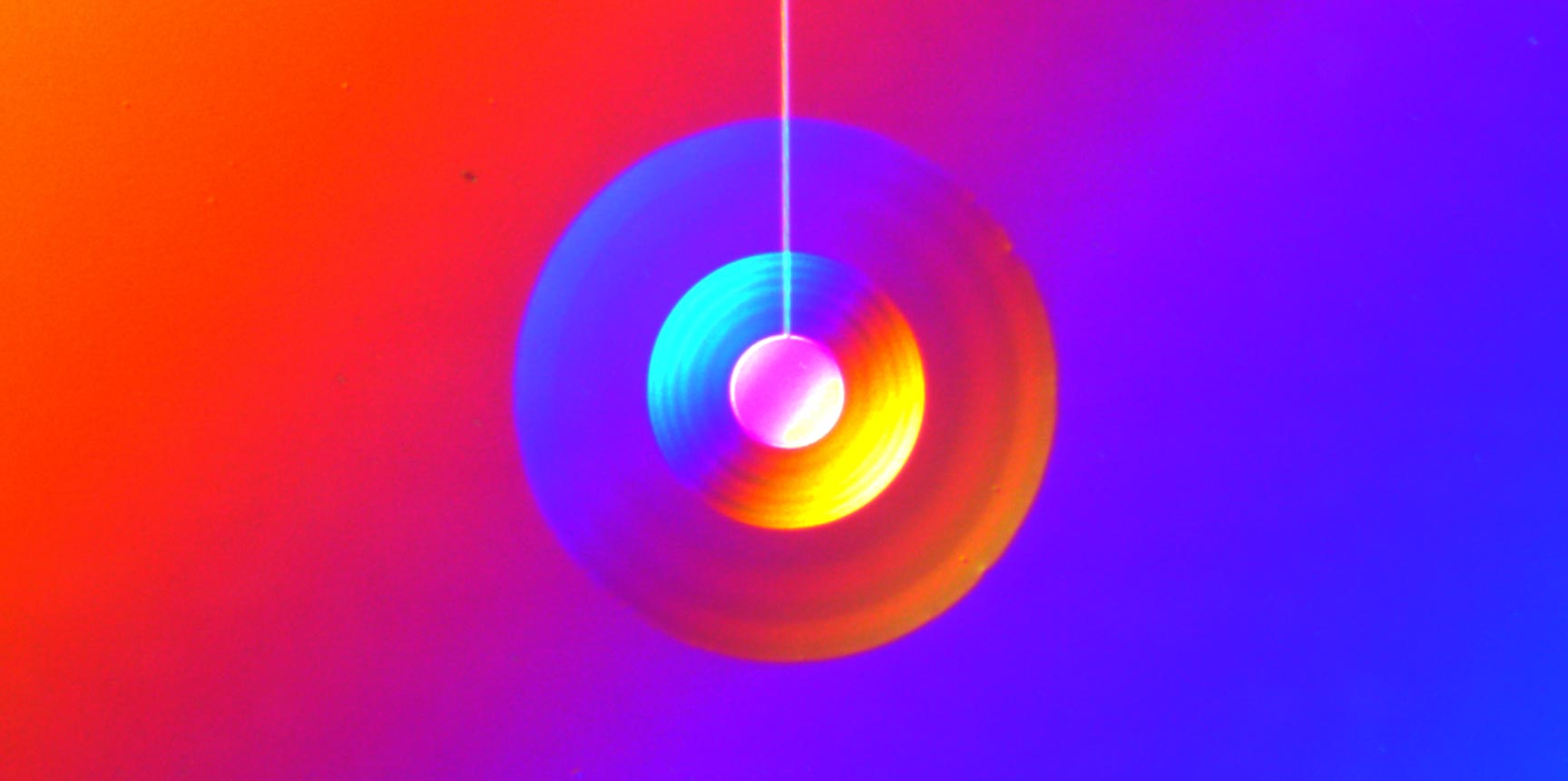Interesting - if this moved beyond theoretically I am pretty sure this destroys the Quantum Cryptography paradigm. (
@NickK ?)
Yes within reason. The idea is to use quantum sources to generate randomness that is unbiased (thus truly random) and completely private (unknown from the point of creation to use). Randomness and total privacy defines the quality of the key used for the cryptographic maths used to encrypt your data.
1. A quantum source is inherently free from bias and therefore random (this means you need to know the device and prove it's not tampered with)
2. Using bell theorem you can detect, statistically, if the random numbers come originally from a classical source or a quantum source. (yet the source could be recorded and replayed as a known sequence).
3. IIRC using the noise characterisation you can detect if more than one entanglement exists - thus you can detect if a quantum source is private.
Now if you can measure a quantum device without being detectable then it is not private. Thus the random numbers used for the keys for the cryptography may be known to attackers.
Most detection derives from energy being lost to the detection causing an imbalance (thus you can detect it either directly or indirectly). So if a quantum state is is not changed (assuming no energy lost) then it would be difficult to detect.
The other part of quantum cybersecurity is the mathematical problems used to encrypt - those wouldn't be affected. You could even use a real RNG (non 'quantum' but natural - ie lava lamps, radioactive decay etc) with them but you don't know the quality (and secrecy) of the randomness generated. For example - think of a radioactive source causing randomness through the half-life.. you could use a smoke detector emotions to cause false detection ticks to bias and thus gain knowledge about the result (you could simply swamp it and force all the numbers to 1.. but that would be easy to detect).
TL;DR - only part of the puzzle, quantum randomness is likely to be the same quality as TrueRNG but the benefit of quantum has been to be able to detect tampering which may be at risk. Until someone comes up with yet another way to detect that.. the cat and mouse game continues..
If the system managed to not leak energy as information.. then it would also be breaking a fundamental law of physical (ie energy conservation). (HINT: it needs a shed load of peer review)





